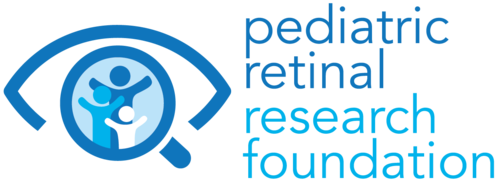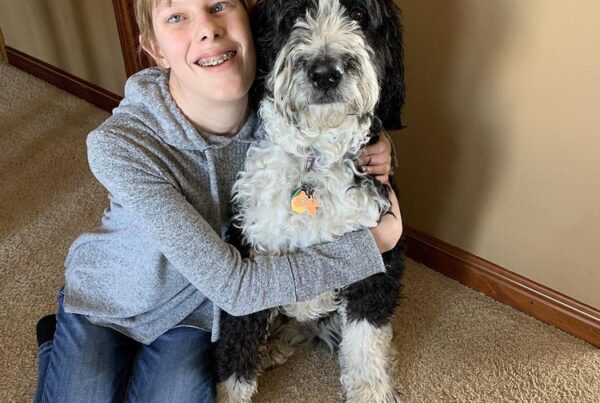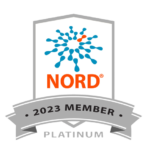By Chuck and Donna Walls
An IEP is an often lengthy, legally binding document that is a mutual agreement between parents and educators that blueprints your child’s education path and progress each and every year. It includes all the names of your child’s service providers. You and an education team (Special Ed Teacher, Low Vision Specialist, other special educators (Speech, Reading, etc), General Ed Teachers, Counselor, Assistant Principal), O&M Instructor, and an Assistive Technology Specialist to attend the IEP meeting that is held at the same time annually or when changes in the education path are needed. Read more.
Developing Individual Education Plans (IEPs) includes collaborating with parents, teachers, and specialists to create tailored plans that ensure regular reviews and updates of IEPs as the student’s needs changes. The IEP Team should start with reviewing the previous periods skill development and assessment of previous goals. “We began my IEP meetings by recapping my previous academic year, showing how the various tasks/responsibilities I had completed fulfilled prior year goals. As I got older, I had an increasing opportunity to shape what the goals in the IEP document would look like for the upcoming year. So working with a student to ensure that they can take a leadership role in their academic needs and development is something that we could add to the document.”
Parents and the Low Vision Specialist can advocate for specific vision-related goals in the IEP as well as implementing assistive technologies in classrooms and at home. For example, the Low Vision Specialist should promote the use of screen readers, text-to-speech software, or large-print materials and digital textbooks as well as encourage the use of magnification devices and CCTV systems. This might also require including the IT Lead for the school in the IEP meeting to be able to synch class work on a SMART Board or projected on a screen to the student’s tablet where the student can expand or “blow up” class topics or notes with the touch of a finger. Additionally, the IEP team could investigate lighting and environmental modifications such as adjustable lighting in classrooms, anti-glare screens and filters, and optimal seating arrangements based on individual needs. Where some rare retinal diseases lead to blindness, implementing Braille technology for students learning Braille could be discussed in IEP meetings.
Recognizing that some teachers may need training and support when it comes to understanding and supporting their low vision students, this can be discussed in the IEP as well. Organizing workshops on understanding rare retinal diseases, providing resources on adapting teaching methods for visually impaired students and offering ongoing support to address emerging challenges make for a better teacher-student interaction.
When the IEP team discusses curriculum adaptations for low vision students, advocating for alternative formats for visual materials (i.e. tactile diagrams) and promoting auditory learning methods as well as ensuring equal access to subjects like art, PE, and science through adapted activities are all appropriate for adapting the curriculum. While this is happening, IEP teams also need to consider social inclusion strategies such as educating peers about visual impairments to foster understanding, promoting inclusive activities and games during recess and PE and advocating for participation in extracurricular activities with proper accommodations.
The IEP team should assess accommodations for the low vision student which can include ensuring extra time for exams when needed, advocating for alternative testing methods (i.e., oral exams, Braille tests), and enabling the use of assistive technology during testing.
At the high school level, IEP teams and counselors work together to develop a transition plan that includes early career counseling and college preparation, learning necessary independent living skills, and initiating connections with vocational rehabilitation services. The transition plan can also focus on advanced technology skills development which can include specific courses or training in assistive technology use, training in touch typing and keyboard shortcuts, and the development of digital literacy skills crucial for future education and employment.
FAC member Donna Walls, MS ED, is available to assist with the development or review of your IEP. Feel free to email Donna here.








